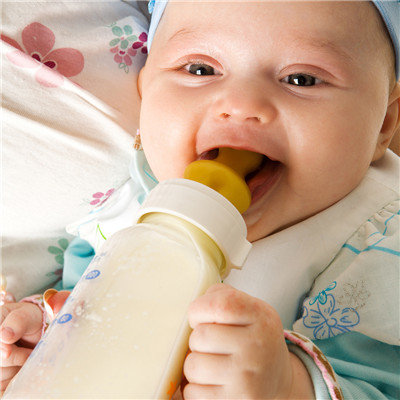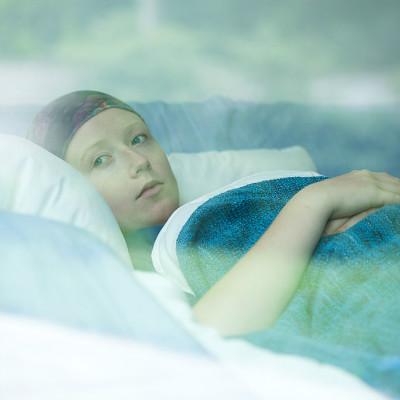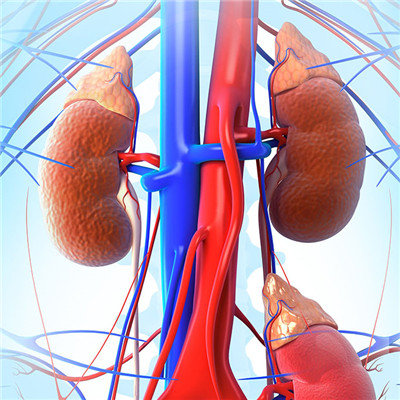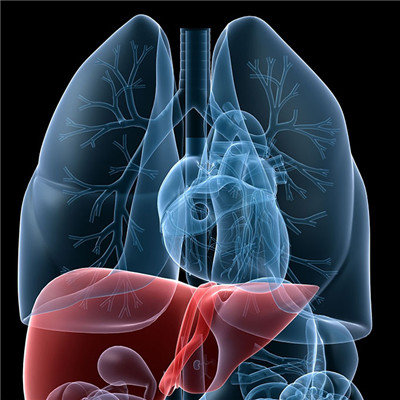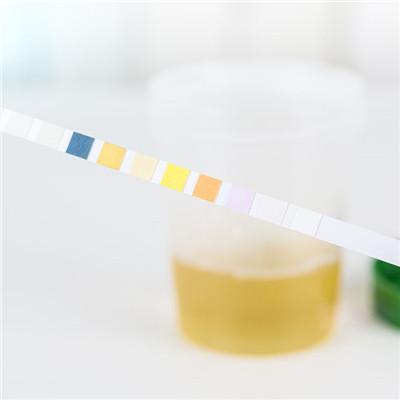How to treat sleep apnea syndrome? Is nose mask OK?
summary
Sleep apnea syndrome, also known as sleep apnea hypopnea syndrome, refers to more than 30 repeated episodes of apnea during 7 hours of sleep every night, or sleep apnea hypopnea index (AHI) ≥ 5 times / hour with sleepiness and other clinical symptoms. How to treat sleep apnea syndrome.
How to treat sleep apnea syndrome? Is nose mask OK?
First, the continuous positive pressure sleep ventilator and the double level positive pressure sleep ventilator output the preset pressure prescribed by the doctor to the upper respiratory pipeline of the patient through the nasal mask, so as to keep the blocked airway unblocked, so that the air can smoothly enter and leave the lung and prevent apnea. This is a very effective treatment, suitable for patients with severe illness, must be prescribed by a doctor.
Second: the tooth glue is put on the upper and lower teeth, and the mandible is pulled forward to reduce the obstruction of breathing pipeline. Users must have healthy teeth and jaws, for patients with moderate to severe disease, the effect is not significant.
Third, special pillows make the jaw slightly upward and the forehead slightly backward, so as to smooth the airway and reduce snoring. The curative effect is general, suitable for mild patients.
matters needing attention
Wound care patients take lateral position, mouth placed bending plate, the day of operation with ice bag cold compress neck, in order to reduce bleeding and reduce pain, pay attention not to oppress the carotid artery, patients wake up, told patients to spit out oral secretions, do not swallow, if necessary, remove oral secretions at any time. Close observation of the patient's local bleeding and abnormal respiratory symptoms, if the patient has repeated swallowing after sleep, it means that the wound has bleeding, need to inform the doctor in time for treatment, to prevent accidents. Diet nursing on the day of operation, it is forbidden to eat food and water, and intravenous rehydration is given. On the second day, you can choose nutritious and easy to digest diet, such as milk, egg soup, broth, malt cream, orange juice, etc., but don't be too hot. Four to ten days, you can give a semi liquid diet, take small mouthfuls for many times, and ten days later, you can take common food as appropriate. Oral care: gargle 4-5 times a day with borax solution or 1% hydrogen peroxide solution. Clean the mouth after meals and remove the food residue to keep the local clean. To observe whether there is white film growth on the wound, if the white film is thick when the wound is in severe pain, it means that the wound is infected. We should increase the dosage of antibiotics, follow the doctor's instructions, and increase the number of oral care.

